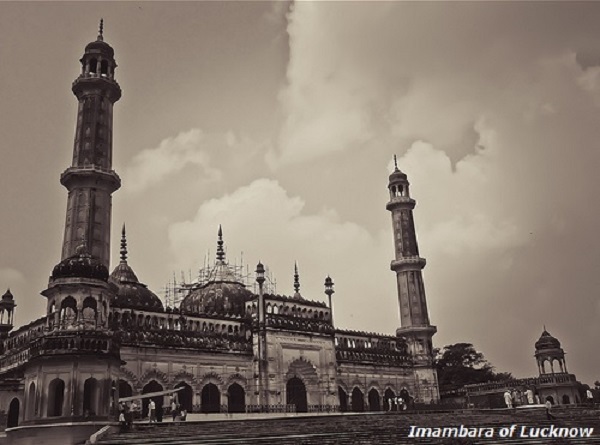Modern Indian History - Arts and Paintings
Culturally, India showed signs of exhaustion during the 18th century. But at the same time, culture remained wholly traditionalist as well as some development took place.
Many of the painters of the Mughal School migrated to provincial courts and flourished at Hyderabad, Lucknow, Kashmir, and Patna.
The paintings of Kangra and Rajput Schools revealed new vitality and taste.
In the field of architecture, the Imambara of Lucknow reveals proficiency in technique.

The city of Jaipur and its buildings are an example of continuing vigor.
Music continued to develop and flourish in the 18th century. Significant progress was made in this field in the reign of Mohammad Shah.
Literary Works
Poetry in reality, all the Indian languages lost its touch with life and became decorative, artificial, mechanical, and traditional.
A noteworthy feature of the literary life of the 18th century was the spread of Urdu language and the vigorous growth of Urdu poetry.
Urdu gradually became the medium of social intercourse among the upper classes of northern India.
The 18th century Kerala also witnessed the full development of Kathakali literature, drama, and dance.
Tayaumanavar (1706-44) was one of the best exponents of sittar poetry in Tamil. In line with other poets, he protested against the abuses of temple-rule and the caste system.
In Assam, literature developed under the patronage of the Ahom kings.
Heer Ranjha, the famous romantic epic in Punjabi, was composed at this time by Warris Shah.
For Sindhi literature, the 18th century was a period of enormous achievement.
Shah Abdul Latif composed his famous collection of poems.



